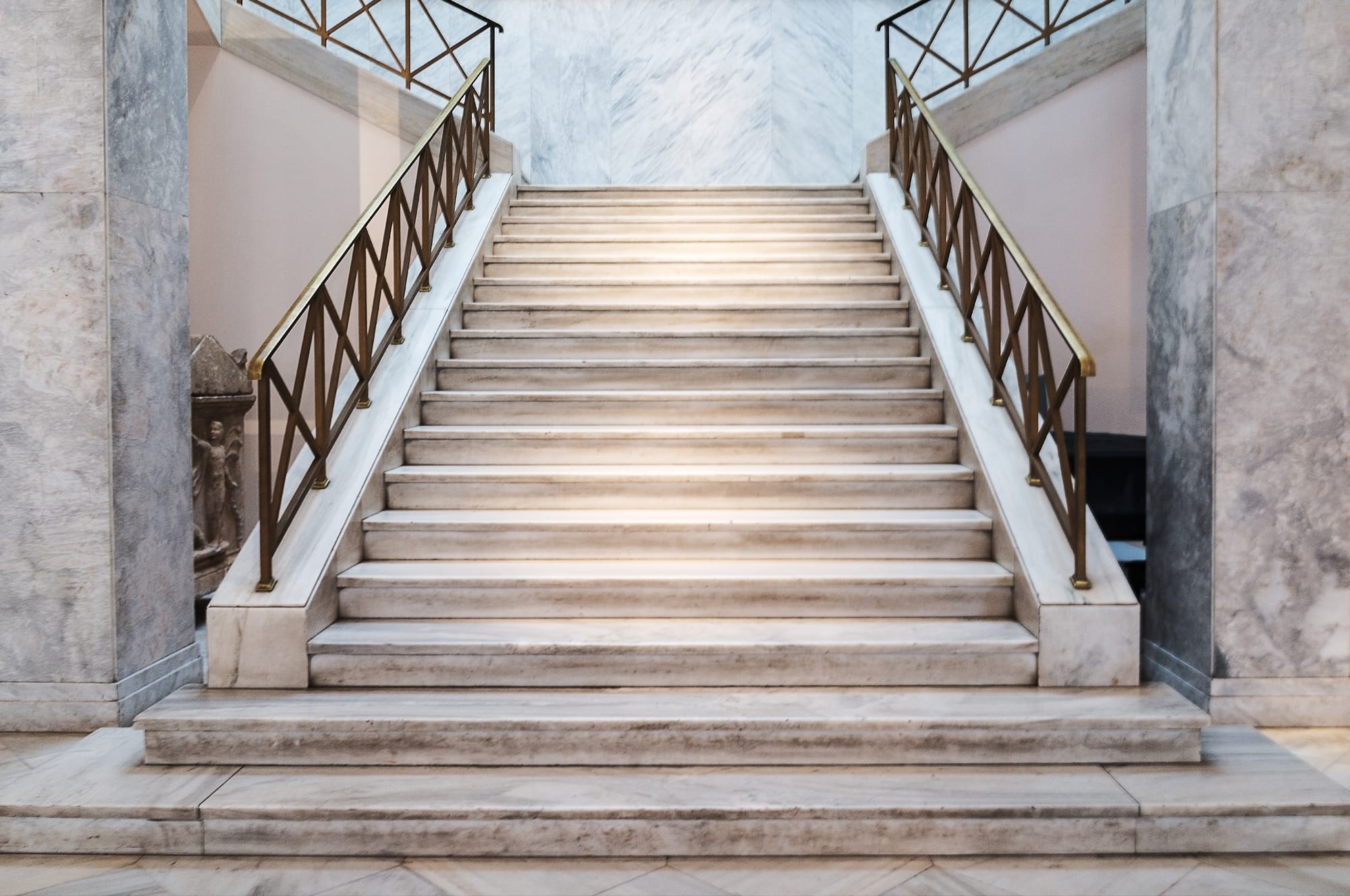Marble and stone - what are the advantages of each of them when choosing a tombstone for the deceased?

Marble and Stone – The Advantages of Each When Choosing a Headstone
When someone close to us passes away, it is always challenging to cope with the loss, even if the person passed peacefully in old age after a life full of accomplishments. Judaism, in its wisdom, provides seven days of detachment from daily life to process the death. However, after this period, one must adapt to a new reality. Among the many decisions to be made is the choice of a headstone to commemorate the deceased, including selecting the material for the monument. Understanding the advantages of different types of marble and stone can help make the most suitable choice.
Turkish Marble and Hebron Marble – The Official Options
Marble is a popular material for headstones due to its impressive appearance and affordability. Monument builders typically use two types of marble: Hebron Marble and Turkish Marble, named after their origins.
- Turkish Marble: Characterized by gray tones mixed with light blue, it gives the headstone a distinctive and captivating look.
- Hebron Marble: Features a sandy hue and is used for all military cemetery headstones, giving it an association with dignity and formality.
Both types of marble are durable and easy to work with, especially in the hands of an experienced craftsman. The ease of processing this durable limestone also contributes to its affordability.
Stones Suitable for Headstones
Skilled monument builders can also work with various types of stones, including Jerusalem Stone, Galilee Stone, Basalt, and Granite. The most noticeable advantage of these stones is their unique appearance, which allows for creating one-of-a-kind headstones. However, these stones are generally more expensive than marble, both in terms of purchase price and ongoing maintenance.
- Jerusalem Stone: Available in shades of red, pink, and yellow, it offers a traditional and rooted appearance.
- Galilee Stone: Features earthy tones, ranging from light to dark, depending on the client's preference.
- Basalt: Dark and striking, it exudes power and luxury. Options include polished basalt for a sleek finish or natural basalt for a rugged, untamed look.
- Granite: Known for its luxurious appearance, granite is another premium option for headstones.
How to Choose Between Stone and Marble?
Since both marble and stone have distinct advantages, the choice largely depends on personal taste. Another important consideration is the personality of the deceased. The headstone should reflect who they were, serving as a fitting tribute to their memory.It is also worth noting that these materials can be combined with elements like glass, wood, copper, or even natural vegetation to create a unique and personalized headstone. When selecting a headstone, it is highly recommended to work with a company experienced in crafting monuments from both marble and stone. This ensures high-quality results and a lasting tribute.